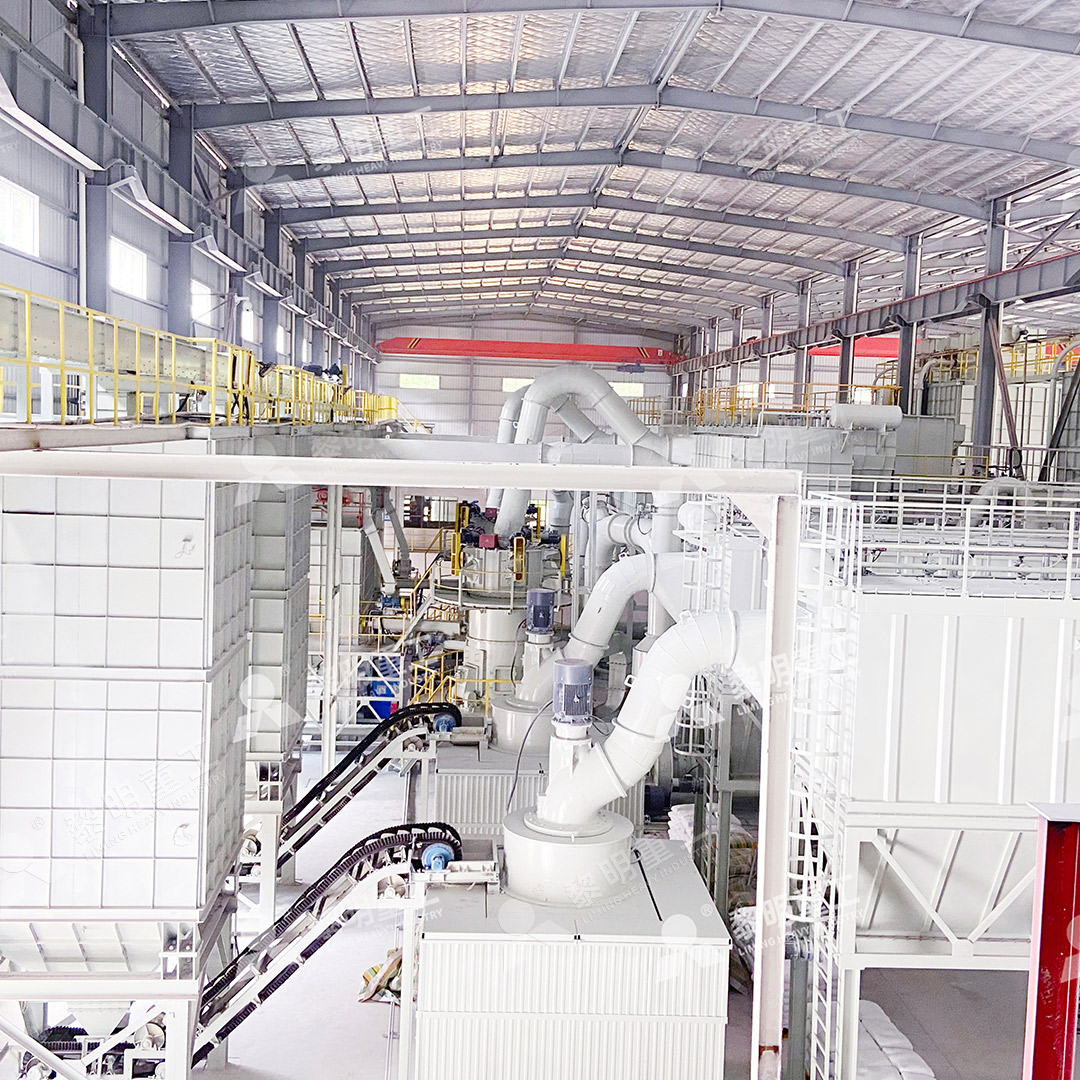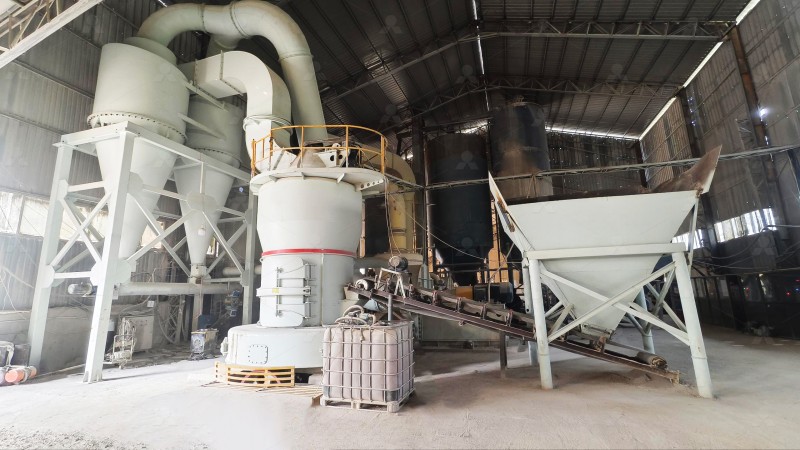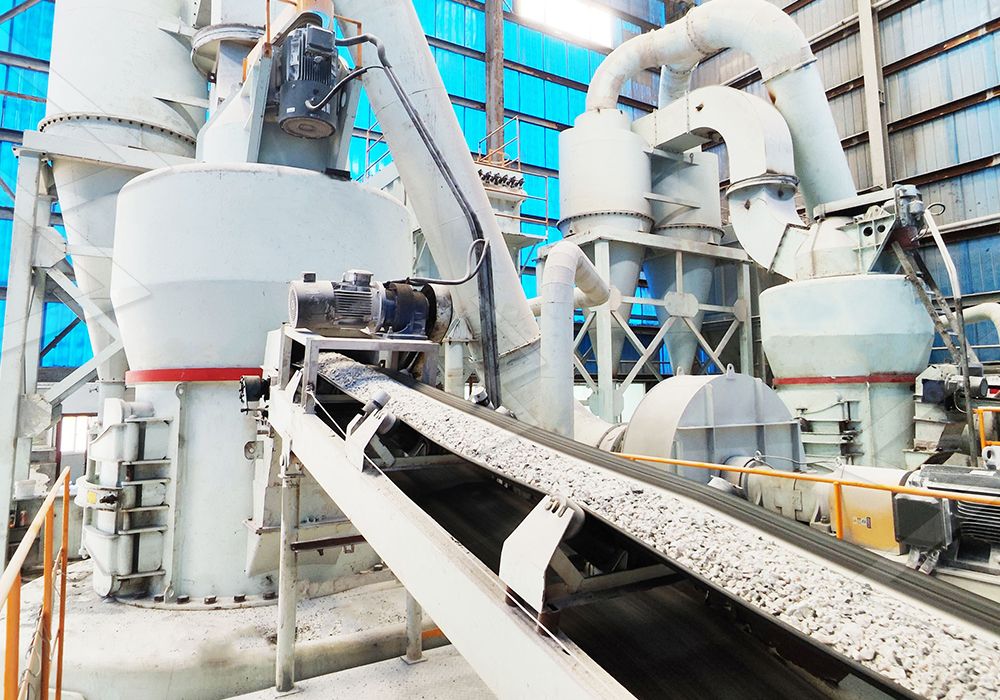Factors Influencing the Price of Sepiolite Grinding Mill Equipment
Factors Influencing the Price of Sepiolite Grinding Mill Equipment
When investing in grinding equipment for processing sepiolite and other industrial minerals, understanding the key factors that determine equipment pricing is crucial for making informed purchasing decisions. The cost of grinding mill equipment varies significantly based on several technical and operational considerations that directly impact performance, longevity, and overall value.
Technical Specifications and Performance Capabilities
The core engineering specifications of grinding mills represent the primary cost drivers. Equipment with higher capacity ratings, finer grinding capabilities, and advanced automation systems typically commands premium pricing. For sepiolite processing, which requires precise particle size control, mills with adjustable fineness between 325-2500 meshes provide significant value despite higher initial investment.

Advanced models like the MW Ultrafine Grinding Mill exemplify this principle, offering production capacities of 0.5-25 tph with input sizes up to 20 mm. This machine incorporates German cage-type powder selector technology that enables precise control over final product fineness, making it particularly suitable for high-value sepiolite applications where consistent particle size distribution is critical.
Energy Efficiency and Operational Costs
Modern grinding equipment demonstrates substantial variation in energy consumption, which significantly impacts total cost of ownership. Mills designed with optimized grinding curves and efficient drive systems can reduce energy usage by 30-50% compared to conventional designs. This efficiency translates to lower operating expenses that often justify higher equipment prices through rapid return on investment.
The LUM Ultrafine Vertical Grinding Mill illustrates this advantage with its innovative grinding roller technology that reduces system energy consumption by 30%-50% while maintaining throughput of 5-18 tph. For sepiolite processing operations running multiple shifts, these energy savings can substantially offset the equipment’s purchase price within the first year of operation.
Construction Quality and Durability Features
Build quality and material selection directly influence equipment pricing and long-term reliability. Mills constructed with wear-resistant alloys in critical components, precision machining, and robust structural elements typically carry higher price tags but deliver extended service life and reduced maintenance requirements.

Features such as the absence of rolling bearings and screws in the grinding chamber—as seen in the MW Ultrafine Grinding Mill—eliminate common failure points and reduce maintenance costs. Similarly, reversible structures in the LUM Ultrafine Vertical Grinding Mill facilitate easier maintenance access, minimizing downtime expenses that often exceed the savings from lower-priced equipment.
Environmental Compliance and Safety Systems
Regulatory compliance has become a significant cost factor in grinding equipment design. Modern mills incorporate integrated dust collection systems, noise reduction technology, and emission controls that add to manufacturing costs but ensure compliance with environmental standards. Equipment with comprehensive dust removal and noise suppression capabilities typically commands 15-25% premium pricing compared to basic models.
Both the MW and LUM grinding mill series feature efficient pulse dust collectors and mufflers that maintain clean operating environments—essential considerations for sepiolite processing facilities subject to strict air quality regulations.
Automation and Control Systems
The level of automation and control sophistication represents another key pricing differentiator. Mills equipped with PLC control systems, digital monitoring, and remote operation capabilities provide operational benefits that justify their higher costs through improved consistency, reduced labor requirements, and enhanced safety.

Advanced models offer features like hydraulic adjustment systems, automated pressure control, and digital fineness adjustment that optimize sepiolite processing parameters in real-time, ensuring consistent product quality while minimizing operator intervention.
After-Sales Support and Service Infrastructure
Manufacturers with comprehensive service networks, technical support teams, and guaranteed spare parts availability typically price their equipment higher than suppliers with limited support capabilities. This premium reflects the value of minimized production interruptions and assured equipment longevity.
Reputable manufacturers maintain sufficient spare parts inventories and provide worry-free operation guarantees that protect your investment against unexpected downtime—a critical consideration for continuous sepiolite processing operations.
Frequently Asked Questions
What is the typical price range for sepiolite grinding equipment?
Pricing varies significantly based on capacity and features, ranging from approximately $50,000 for basic models to over $500,000 for high-capacity, fully automated systems with advanced environmental controls.
How does energy efficiency impact long-term equipment costs?
Energy-efficient mills can reduce operating costs by 30-50%, often recovering their price premium within 12-24 months through electricity savings alone in continuous operation scenarios.
What maintenance factors should influence purchasing decisions?
Consider equipment with accessible maintenance points, readily available spare parts, and designs that minimize wear component replacement frequency. Features like external lubrication systems and reversible roller structures significantly reduce maintenance costs.
How important is particle size control for sepiolite applications?
Extremely important. Sepiolite value often correlates with precise particle size distribution. Mills with advanced separator technology that can consistently produce powders between 325-2500 meshes typically justify their higher costs through premium product pricing.
What environmental features are essential for modern grinding operations?
Integrated pulse dust collectors, noise suppression systems, and fully enclosed negative-pressure designs are essential for regulatory compliance and worker safety, representing worthwhile investments despite their cost impact.
